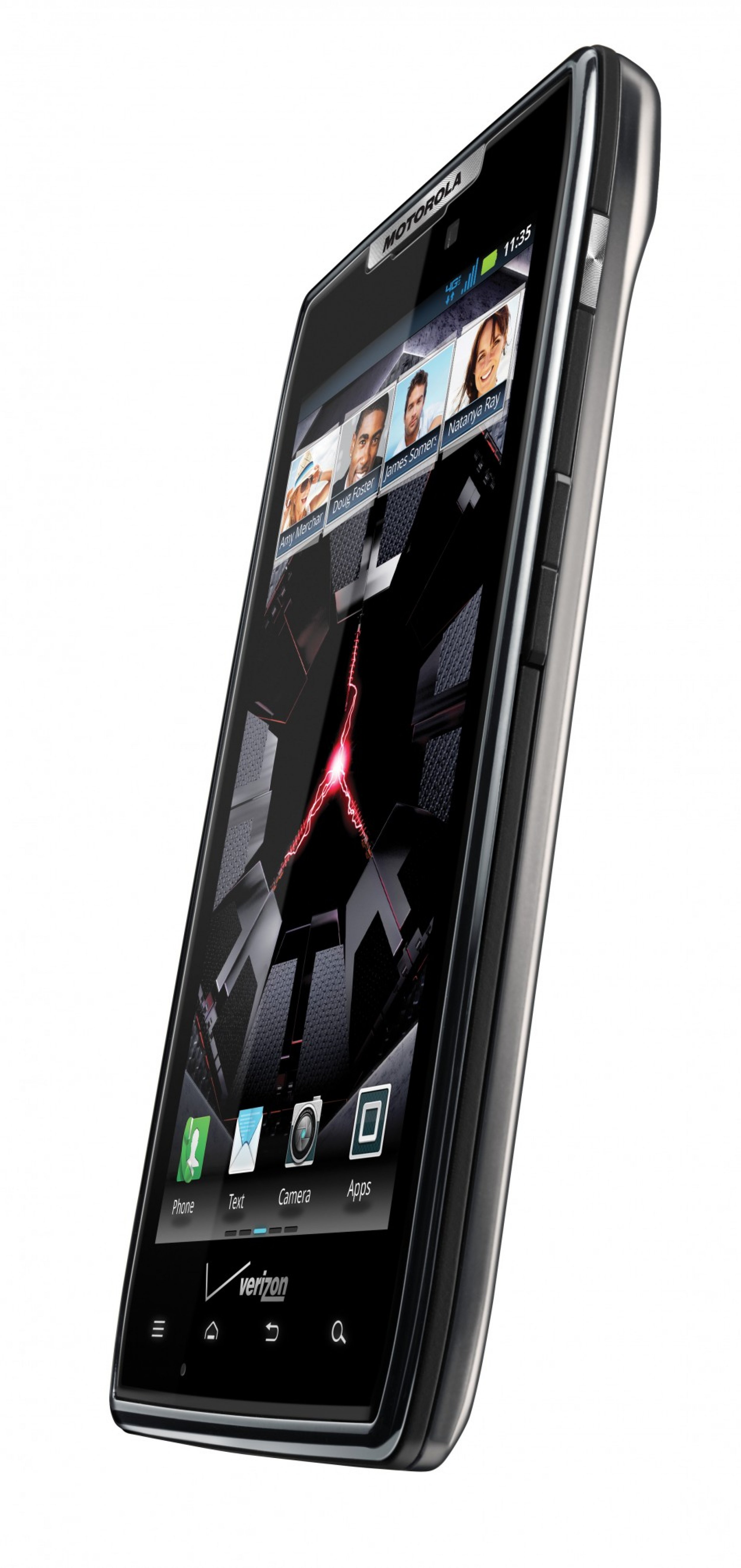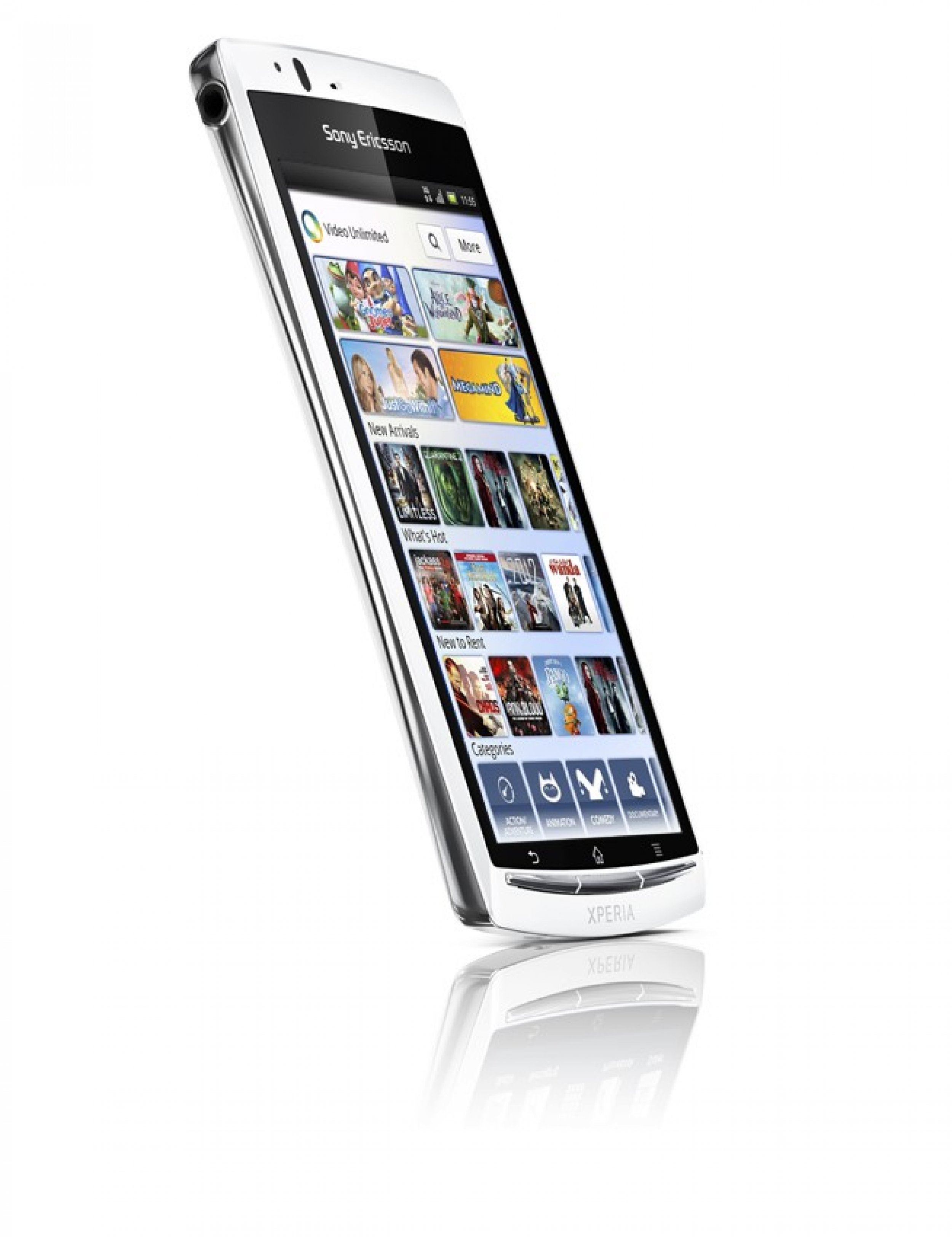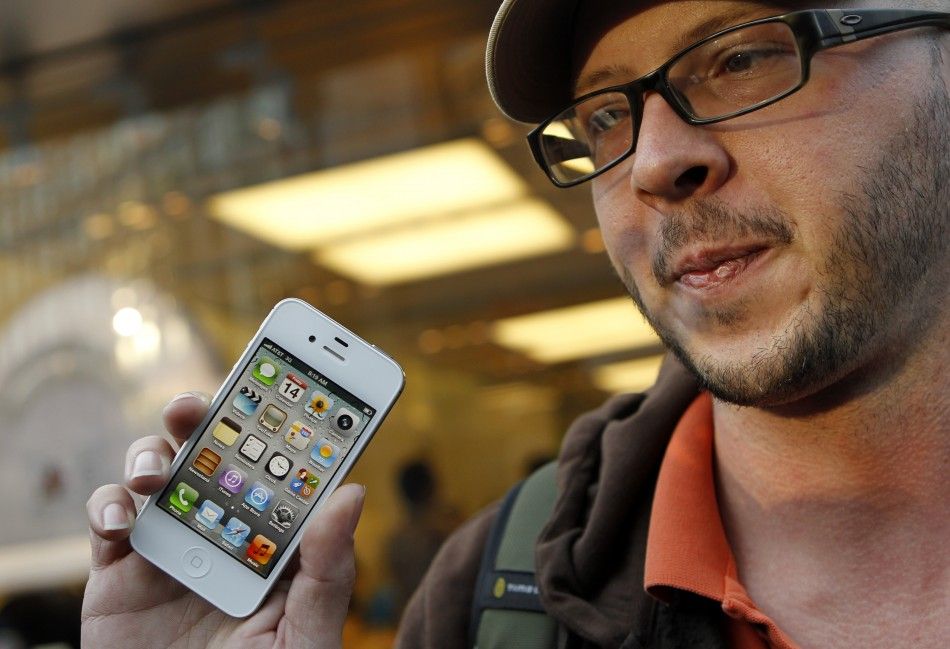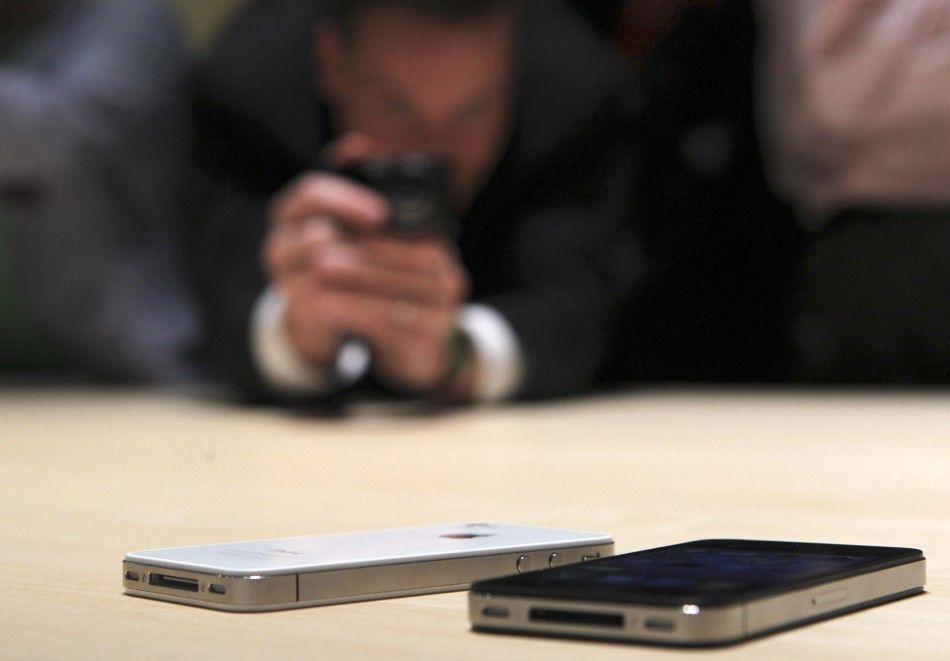Droid Razr: Top 5 Thinnest Smartphones
Most Devices are Quite Thin, But Only the Top Five Make It
Droid Razr is an amazing feat of engineering in many ways, but mostly because of how much tech is jammed into its 7.1 mm thick frame. The thinnest smartphones on the market don't differ by much, only a couple of millimeters somethimes, but Droid Razr is the thinnest by about 1.5 mm over the Samsung Galaxy S2. It's a far cry from the bricks people used in the 90's. There seems to be a limit on how thin a smartphone can be simply because the component parts that make up the device have to go somewhere. In the Droid Razr it fits a dual core processor, eight megapixel camera and 16 gigabytes of storage into its thin body. With that thinness, however, comes the threat of breakage, or at least the perception of possible breakage. That's probably why Motorola built the back of the device with Kevlar to reinforce the plastic exterior.
Samsung's Galaxy S2 is also made with plastic, and that is also key to its thin and incredibly light build. But consider other devices not made of plastic, like the iPhone. It's not much thicker, but made with metal and glass. Some users don't like a plastic feel, thin or not, and some prefer a hefty device. It's a matter of comfort, but thin definitely rules the smartphone world today. Tell us in the comments if you bought a thin device for that very reason.
MUST READ: Best Androids For Less Than $100
MUST READ: Droid Razr MotoCast vs Galaxy S2 AllShare and iPhone 4S AirPlay: Features Comparison





© Copyright IBTimes 2024. All rights reserved.











